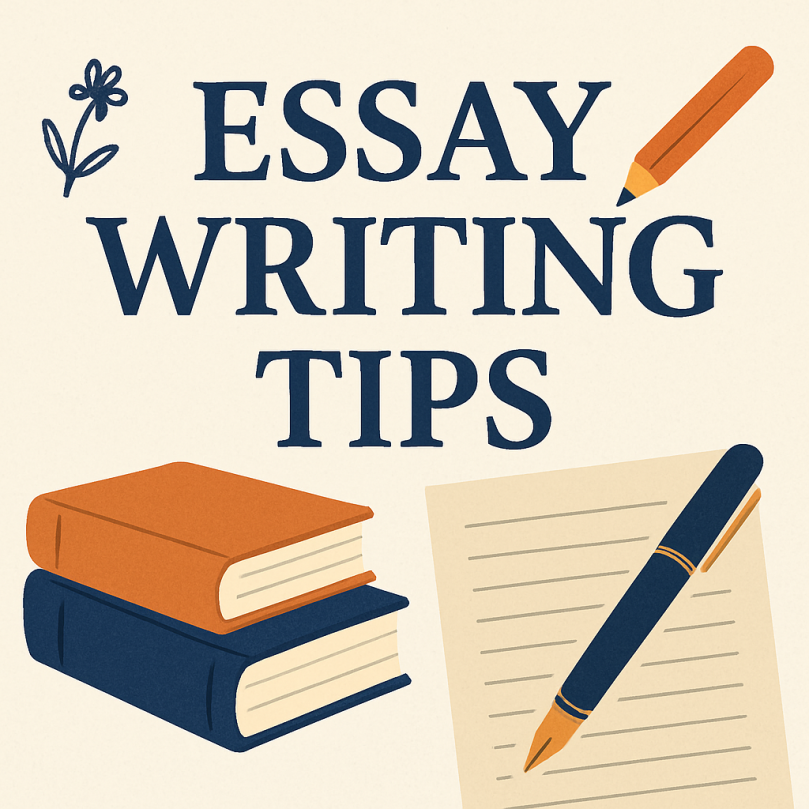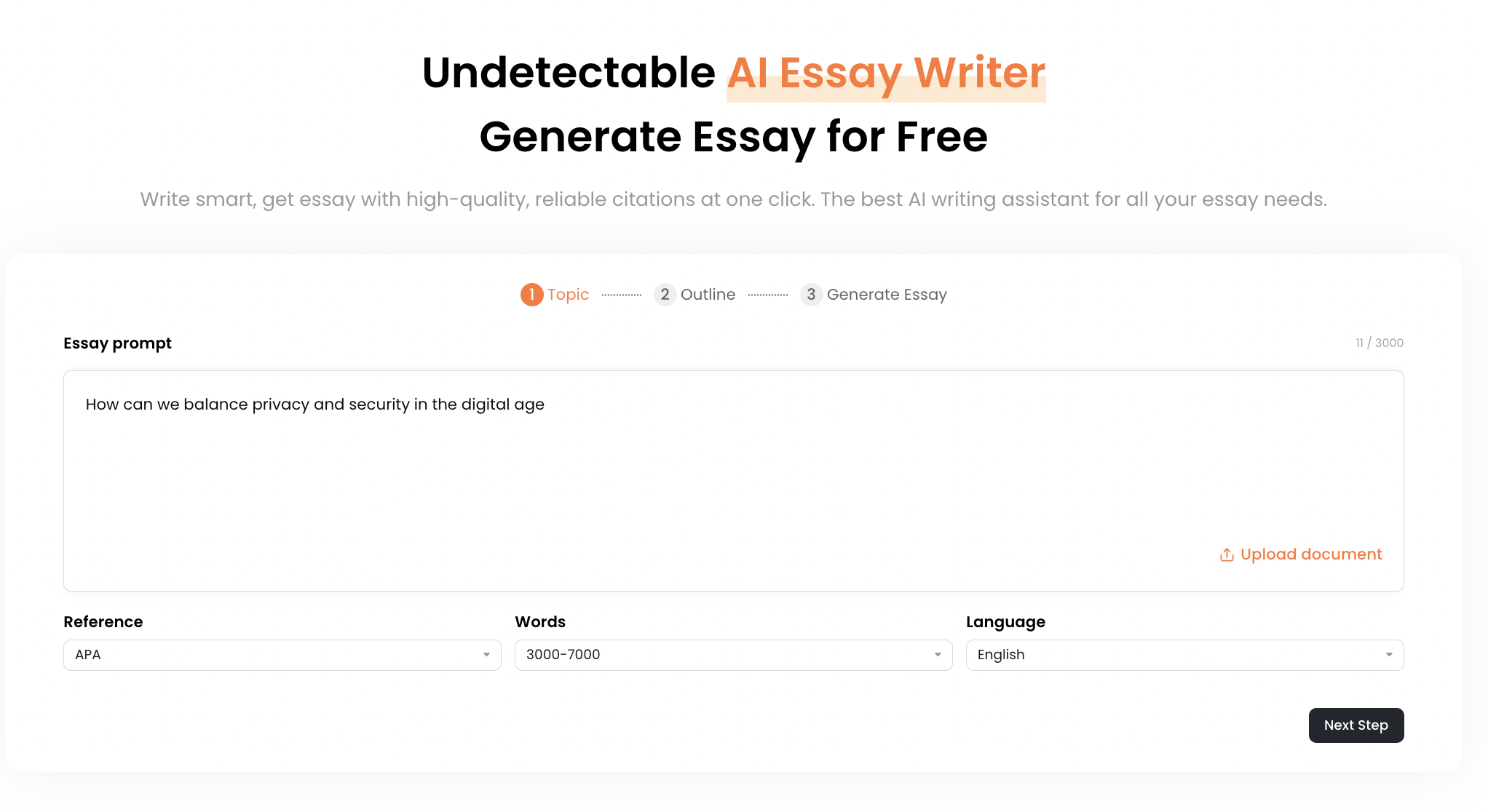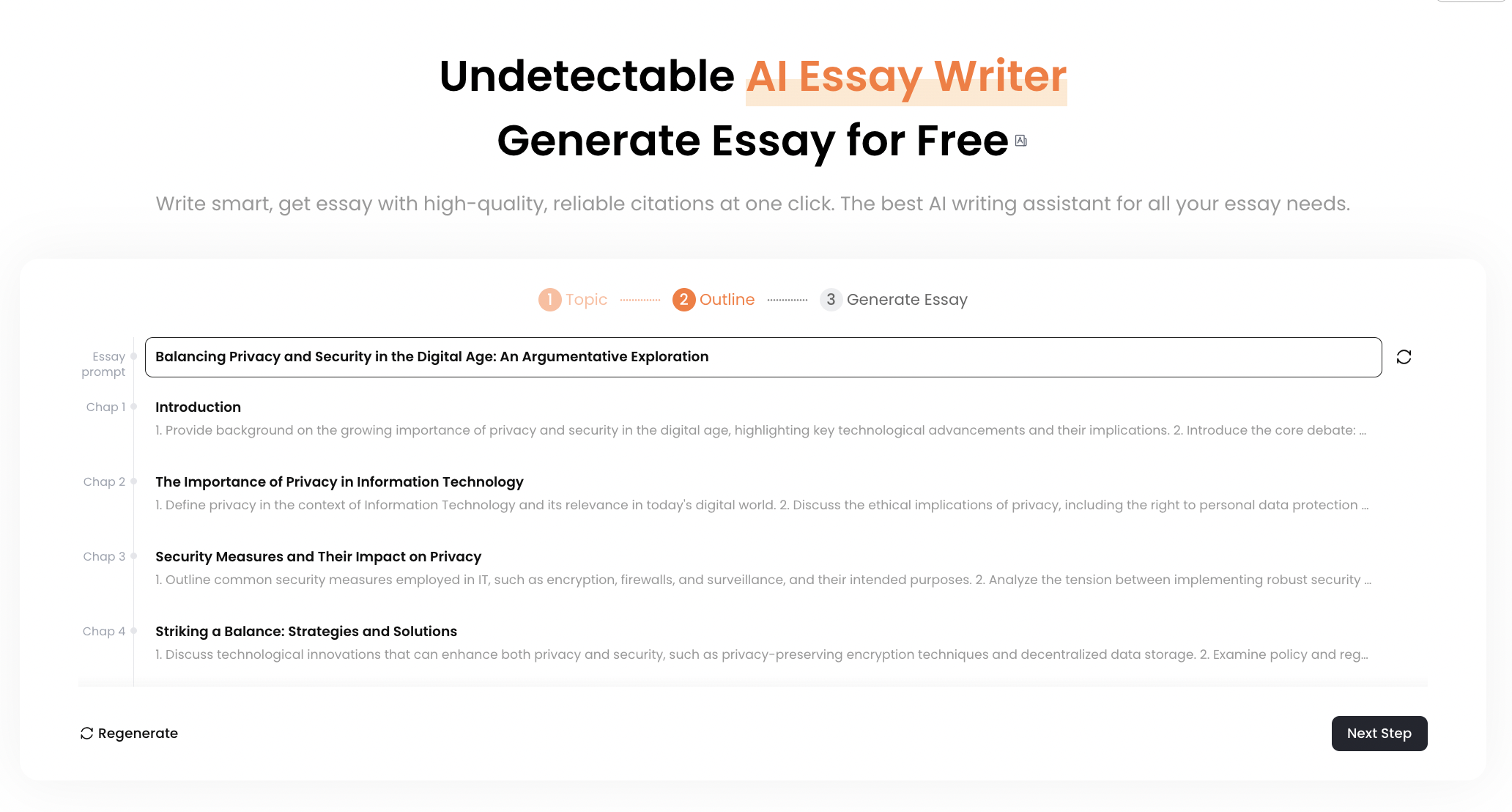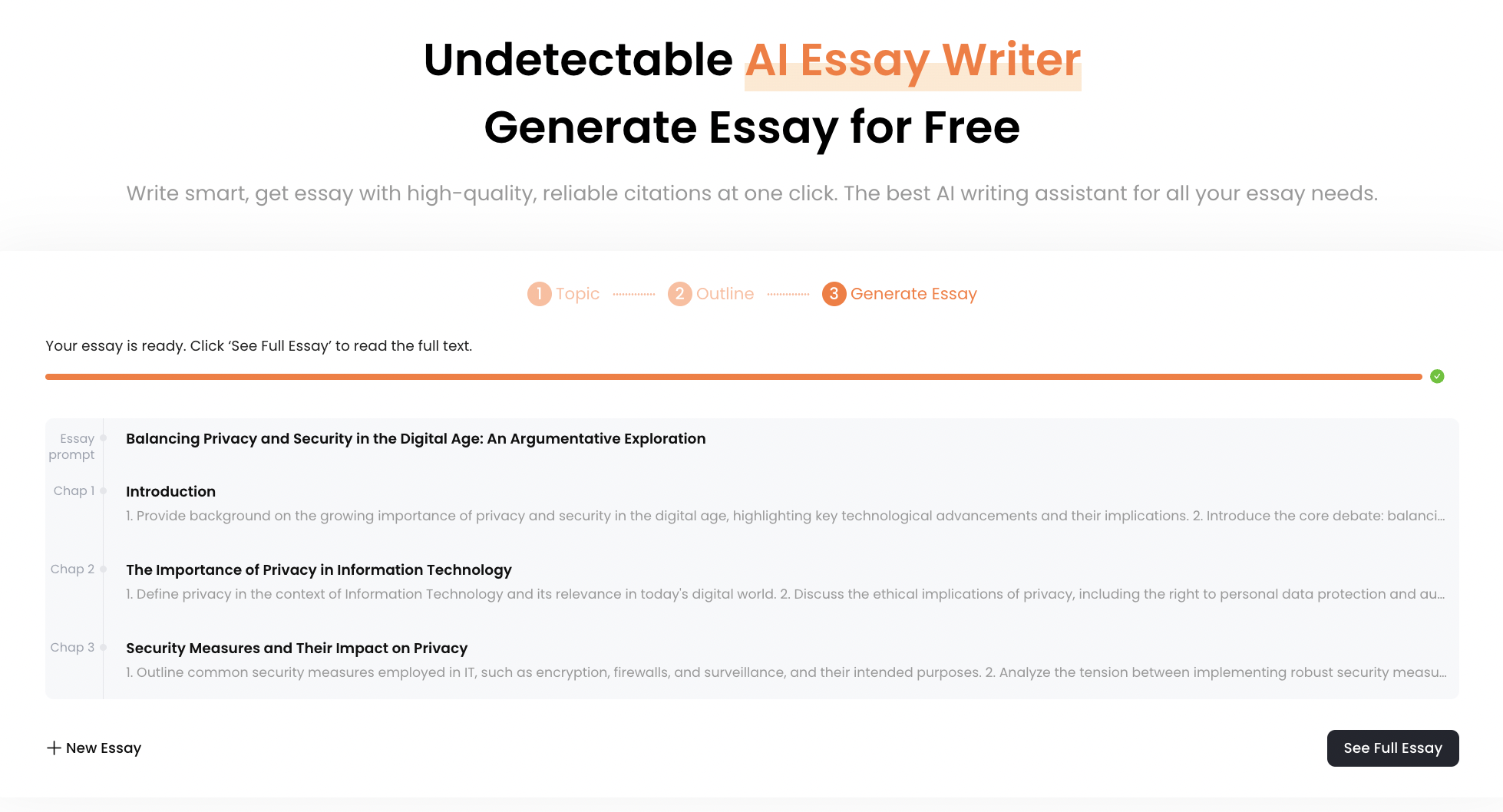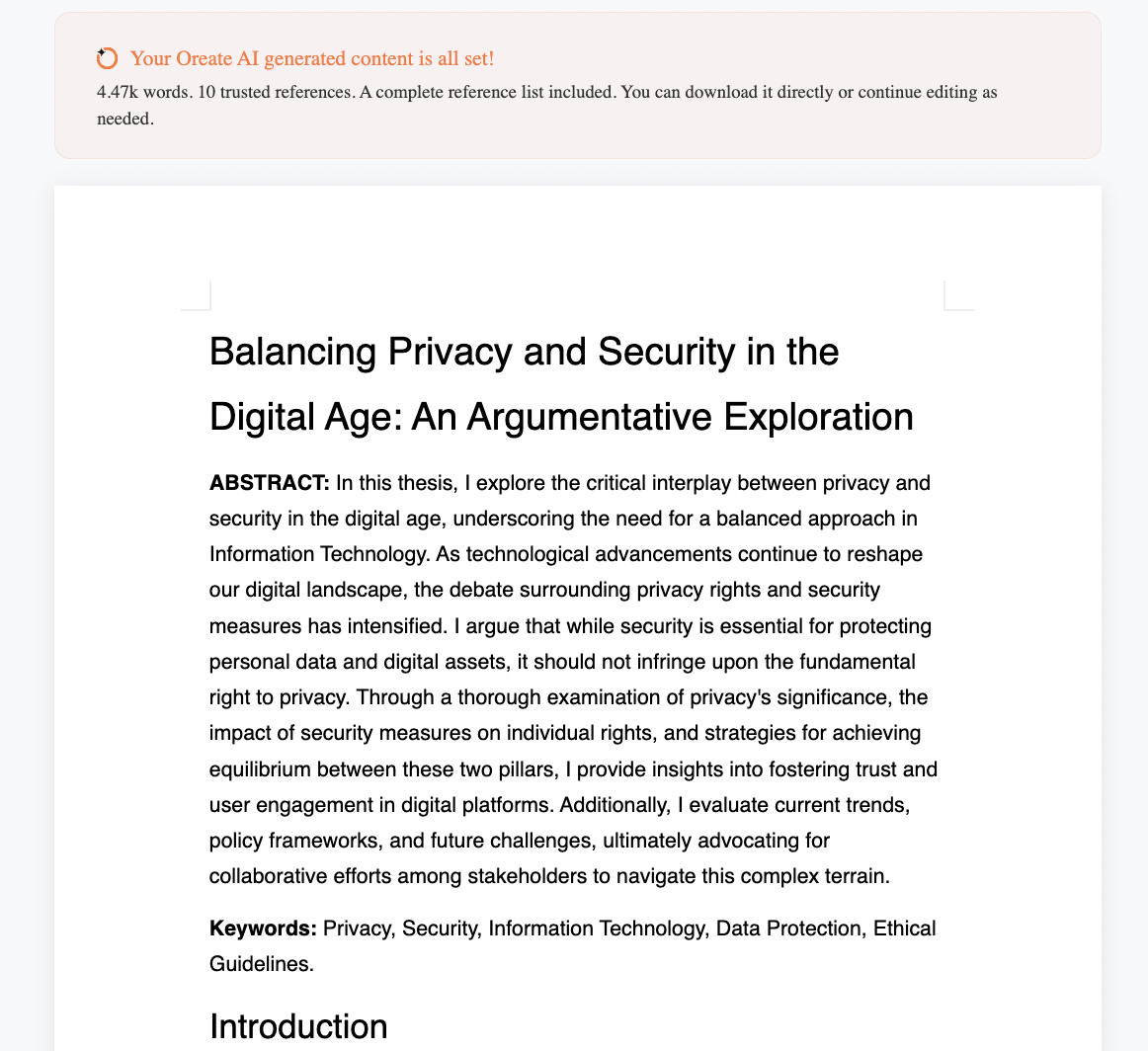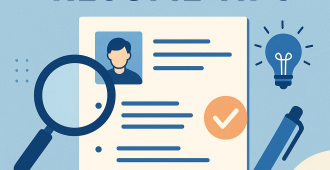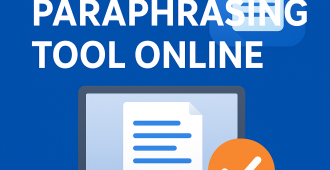As a student, you’ve likely faced the blank-page standoff—wondering how to turn scattered thoughts into a focused, convincing essay. Writer’s block and looming deadlines can make writing feel stressful, but learning a few reliable essay writing tips will make the process simpler and more productive.
This guide breaks the essay writing process into practical parts: what makes a good essay, essay format basics, pre-writing and outlining, step-by-step writing, useful digital tools, and editing and proofreading strategies. Whether you’re working on a college assignment or sharpening general writing skills, these college essay writing tips will help you organize ideas, write clearly, and submit stronger work. Read on to learn actionable tips you can use on your next essay.
Introduction to Essential Essay Writing Tips
Mastering essay writing is a core skill for students that pays off across classes and assignments. This introduction to essay writing explains how clear planning, focused research, and deliberate drafting turn scattered thoughts into organized arguments—improving grades and instructor feedback in the process.
Throughout this article you’ll find practical essay writing tips grouped by topic: what makes a good essay, essay format basics, pre-writing and outlining, a step-by-step writing guide, helpful tools, editing and proofreading strategies, common mistakes to avoid, and an FAQ. Each section gives concrete actions you can try immediately to develop your academic writing and sharpen your ideas.
What’s your biggest essay challenge right now—finding a topic, shaping a thesis, or polishing your final draft? Read on to discover targeted tips and examples you can apply to your next assignment.
What Makes a Good Essay?
A good essay shows clear purpose and careful craft. At its core, a strong essay combines five qualities you can aim for on every assignment:
• Clear structure — introduction, body paragraphs, and conclusion that guide the reader. How to achieve it: create an outline before you write so each paragraph has a role and order.
• Focused argument (strong thesis) — a concise thesis statement that sets the main idea and scope. How to achieve it: write your thesis in one sentence and check that every paragraph supports that thesis.
• Solid evidence and research — facts, quotations, and examples from reliable sources that back your points. How to achieve it: gather and annotate sources during research and link each claim to a citation.
• Correct citation — consistent, accurate referencing to give credit and avoid plagiarism. How to achieve it: choose the required citation style early (APA, MLA, etc.) and record full source details as you work.
• Readable style — concise sentences, correct grammar, and clear transitions so readers follow your reasoning. How to achieve it: favor active voice, limit one main idea per paragraph, and revise for sentence clarity.
Micro-example: weak thesis — “Many things are wrong with social media.” Strong thesis — “Social media contributes to shortened attention spans by promoting rapid, skimmed content, which undermines long-form reading habits.” The second thesis is focused, debatable, and signals the essay’s main points.
These qualities set expectations for the rest of this guide: next we’ll cover essay format basics so you can match structure and citations to assignment requirements. Next: Understanding Essay Format
Understanding Essay Format
Writing an effective essay begins with understanding its format. Knowing the basic structure, key components, and standard formatting rules helps you organize your ideas clearly and ensures your work meets academic or publication standards.
1. Basic Structure
| Part | Purpose |
|---|---|
| Introduction | Hook the reader; state thesis |
| Body Paragraphs | One main idea per paragraph; provide evidence & analysis; use transitions |
| Conclusion | Summarize key points; explain significance |
2. Formatting Essentials
-
Margins: 1 inch
-
Font: Times New Roman or Arial, 11–12 pt
-
Line spacing: Double (unless instructed otherwise)
-
Consistent in-text citation & reference list
3. Common Citation Styles
| Style | Typical Use |
|---|---|
| APA | Social sciences |
| MLA | Humanities |
| Chicago | History / some humanities |
With a solid grasp of essay structure, formatting, and citation styles, you are now ready to move on to preparation. Brainstorming ideas, outlining your points, and organizing evidence before writing will make the drafting process smoother and more focused.
Preparing Before You Start Writing
Good essays start before you type a single sentence. Solid pre-writing strategies save time and improve quality: understand the assignment, research the topic, brainstorm ideas, and build a simple essay plan or outline so your writing has clear direction.
Understand the assignment
Carefully read the prompt and underline command verbs (analyze, compare, explain). Note required format, word count, and deadline. Quick checklist: clarify the topic, confirm the required essay format, and list the instructor’s success criteria so your work stays on target.
Research the topic
Gather reliable information from books, academic journals, Google Scholar, and reputable websites. Keep notes and record full citation details as you go—this makes referencing easier and prevents plagiarism. Aim for varied sources (theory, data, and examples) that directly support your main points.
Brainstorm ideas
Use freewriting or mind maps to generate thoughts ideas quickly—don’t edit yet. Write down possible angles, evidence, and counterpoints. Try a 5–10 minute sprint: list as many ideas as you can, then circle the most promising ones to form your main ideas.
Create an outline
Create a brief essay plan that maps introduction, body paragraphs, and conclusion. Allocate word counts roughly (e.g., intro 10%, each body paragraph 20–30%, conclusion 10%) and list one main point and supporting evidence per paragraph. This reverse-engineering makes the writing stage faster and keeps paragraphs focused.
Mini exercise: spend 2 minutes writing a one-sentence working thesis for your topic now—this simple step clarifies your direction before you begin the writing work.
Step-by-Step Guide to Writing an Essay
Embarking on the essay writing process becomes manageable when you break it into clear steps. Follow this sequence to turn your research and ideas into a coherent paper that answers the prompt and supports a focused thesis.
1) Analyze the Question – identify what’s being asked.
Carefully unpack the prompt: underline command words (compare, evaluate, discuss), note scope and limits, and identify the topic and required format. This analysis creates the foundation for a focused essay plan and keeps your argument on track.
2) Define Your Argument – craft a clear thesis statement.
Your thesis statement should state your main idea and the direction of your essay in one concise sentence. A strong thesis guides each body paragraph; before you write, make sure every point you plan supports that statement.
3) Use Evidence and Reasoning – back up ideas with facts, research, and examples.
Collect reliable sources and link each claim to specific evidence—statistics, quotations, or studies. Explain how the evidence supports your point; don’t just drop facts into paragraphs. Annotate sources as you research to simplify later citation.
4) Organize Your Essay – plan the flow of introduction, body, and conclusion.
Build an outline that maps the introduction, body paragraphs, and conclusion. Each body paragraph should have a topic sentence, one or two main ideas, supporting evidence, and a transition to the next point. This structure keeps readers oriented and reinforces your argument’s logic.
5) Write Clearly – keep sentences concise and easy to read.
Prioritize clarity: use active voice, short sentences, and one clear idea per sentence when possible. Use topic sentences to open paragraphs and limit each paragraph to 1–2 supporting points. Simple, direct sentences improve readability and strengthen your writing.
6) Cite Sources Properly – build credibility and avoid plagiarism.
Use the citation style your instructor requires (see the Format section). Insert in-text citations for any idea, quote, or data that isn’t your own, and compile a full reference list. Consider a citation manager (Zotero, Mendeley, or citation functions in Oreate AI) to track sources and format references accurately—this helps you avoid plagiarism.
Quick checklist before you submit: have you analyzed the question, defined a clear thesis statement, collected evidence, followed your essay plan, written clearly, and cited sources? If yes, move to revising and proofreading.
Helpful Tools for Essay Writing
Writing an essay becomes much easier when you use digital helpers that match each stage of the process. Useful categories include brainstorming/idea tools, outlining and structure aids, grammar and spelling checkers, citation managers, and all-in-one AI writing assistants. Below are common options and how they can support your work.
| Category | Tools & Links |
|---|---|
| 1. Brainstorming & Idea Tools | MindMeister – Collaborative mind mapping |
| 2. Outlining & Document Editors | Google Docs – Real-time document editing |
| 3. Grammar & Spelling Checkers | Grammarly – Grammar and style checker |
| 4. Citation Managers | Zotero – Free reference manager |
| 5. All-in-One AI Assistants | Oreate AI – AI essay assistant for brainstorming, outlining, and citation help |
Step-by-step: How to use Oreate AI as an essay writer (example workflow)
- Begin Your Project
Start by entering your essay topic and key details — such as references, word count, and preferred language — or upload an existing document to begin working with Oreate AI.
- Build Your Outline
Oreate AI quickly generates a structured outline based on your input. Review the suggested sections, make edits if needed, or regenerate the outline until it fits your writing plan.
- Generate Your Draft
Once your outline is finalized, click “Next Setp” to let Oreate AI expand each section into a complete essay draft. The tool organizes your ideas logically and supports them with relevant points.
- Refine & Export
Edit and polish your essay directly in the editor. Verify your citations, fine-tune the tone or structure, and choose your preferred format before downloading the finished version.
Check more detailed Oreate AI essay writer beginner guide here!
Practical tip: try Oreate AI’s outline generator for 10 minutes on a practice topic—compare the result to your manual outline and keep the parts that save you time. Always cross-check citations and quoted material to avoid plagiarism and make sure any facts or data produced by AI tools are verified against reliable sources.
Editing and Proofreading Tips
Once you finish a draft, revising and proofreading are what turn a draft into a polished essay. Good editing improves clarity, strengthens argument flow, and fixes grammar and spelling so your ideas come across clearly and professionally.
Start with big-picture revisions first: revise for structure and argument before focusing on sentence-level corrections. Read your essay aloud slowly to hear awkward phrasing and rhythm problems—this often reveals where sentences are too long or ideas jump unexpectedly. After structural edits, do a separate pass for grammar and spelling using digital tools, then a final manual check.
Use peer review and instructor feedback when possible: another reader will spot unclear points, missing evidence, or weak transitions. When sharing drafts, make sure you respect privacy and academic integrity rules.
Draft Revision Checklist (work through these in order):
- Thesis clarity: Is your thesis statement clear and supported throughout the essay?
- Paragraph unity: Does each paragraph have one main idea and a topic sentence?
- Transitions and flow: Do paragraphs connect logically and guide the reader?
- Evidence check: Does every claim have appropriate support and correct citations?
- Citation accuracy: Verify in-text citations against your reference list and original sources.
- Grammar and spelling: Use a grammar/spelling tool, then manually correct remaining issues.
- Sentence-level polish: Shorten long sentences, prefer active voice, and remove jargon where possible.
Practical micro-actions: use Find to catch repeated words or phrases, read each paragraph aloud to test flow, and compare quoted material to the original source to avoid misquoting. Make sure you leave at least one full day between finishing a draft and final proofreading—fresh eyes catch more errors.
Following these steps and checklists will help you submit cleaner, more convincing essays and build lasting writing skills.
Common Mistakes to Avoid
Many students fall into predictable traps when writing an essay. Below are common errors (what they are and why they matter) followed by concrete ways to avoid each one.
- Weak or vague thesis statement — Why it matters: a fuzzy thesis leaves readers unsure what your essay argues. How to avoid it: write a one-sentence thesis that states your main idea and the scope; test it by asking whether every paragraph supports that statement. Example: weak — “Social media is bad.” Strong — “Social media reduces attention spans by encouraging quick, surface-level reading rather than deep engagement.”
- Poor organization and lack of paragraph structure — Why it matters: disorganized essays confuse readers and dilute your main points. How to avoid it: create an essay plan, use topic sentences, and make a reverse outline after drafting to ensure each paragraph has one main idea and logical order.
- Lack of evidence — Why it matters: unsupported claims feel like opinions, not arguments. How to avoid it: annotate sources as you research, link each claim to a citation, and include specific facts, quotes, or data that back your main points.
- Skipping proofreading — Why it matters: grammar and spelling errors undermine credibility. How to avoid it: leave time for at least two revision passes (structure first, then grammar/spelling), read aloud, use grammar/spelling tools, and do a final manual check.
- Overuse of passive voice or unclear sentences — Why it matters: passive constructions can make writing vague and less engaging. How to avoid it: prefer active voice, shorten long sentences, and aim for one clear idea per sentence to improve readability.
- Poor or missing citations / plagiarism risk — Why it matters: incorrect or absent citations can lead to academic penalties. How to avoid it: record full source details during research, use a citation manager, follow the required style, and make sure to cite any idea or quote that isn’t your own.
Make sure to run a quick checklist before submitting: clear thesis statement, logical paragraph order, evidence for each main point, correct citations, and a final grammar/spelling pass. Addressing these common mistakes with the suggested actions will significantly improve the clarity and persuasiveness of your essays.
Conclusion
In summary, becoming a stronger essay writer is a practical, learnable process. A good essay depends on a clear thesis statement, a logical structure of introduction, body, and conclusion, solid evidence for your main points, careful revision, and correct citations. Focus on these skills and use the tools and checklists in this guide to make steady improvements.
Final thoughts on essay writing: treat each assignment as an opportunity to practice organization, critical thinking, and clear expression. Try the six-step checklist from the guide (analyze the question, define your thesis, gather evidence, organize your essay, write clearly, and cite sources) on your next piece of writing. With consistent practice, these writing skills will serve you well in academics and beyond.
FAQ
What are some essential essay writing tips?
Focus on a clear thesis statement, organize into introduction/body/conclusion, support each main point with evidence, and revise carefully. Tip: make a one-page essay plan before drafting to keep your ideas and word count on track.
How can I overcome writer’s block when writing an essay?
Start with low-pressure tasks like brainstorming ideas or writing a rough outline, then set a 15-minute drafting sprint to build momentum. Tip: freewrite for five minutes on your topic to surface useful points you can shape into a thesis.
What different essay formats should I be aware of?
Key essay formats include persuasive, comparative, and analytical approaches, while technical formatting follows styles like APA, MLA, or Chicago. Tip: confirm the required essay format and citation style before you start research to avoid reformatting later.
Why is having a thesis statement important?
A thesis statement gives your essay a single, testable main idea that guides your structure and arguments. Tip: write your thesis first, then run a quick check—can every paragraph link back to that sentence?
What tools can help improve my essay writing?
Use editors for drafting (Google Docs), grammar and spelling checkers (Grammarly), citation managers (Zotero/Cite This For Me), and all-in-one assistants like Oreate AI for brainstorming and outlines. Tip: use tools to speed work but always verify facts and citations to avoid plagiarism.
How should I approach editing and proofreading my essay?
Edit in passes: first revise structure and evidence, then focus on sentence clarity, grammar, and spelling, and finish with a final read-aloud pass. Tip: leave at least a day between finishing a draft and final proofreading for fresh perspective.
What common mistakes should I avoid in my essays?
Avoid weak theses, poor organization, unsupported claims, sloppy citations, and skipping proofreading. Tip: run a quick checklist—thesis, structure, evidence, citations, grammar—before you submit.
How can I make the essay writing process more enjoyable?
View each assignment as a chance to explore a topic you find interesting and break work into short, focused sessions to reduce stress. Tip: pick an angle that connects to your interests and use tools to streamline mechanics so you can focus on ideas.
